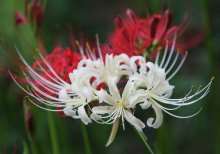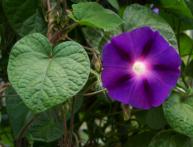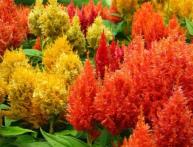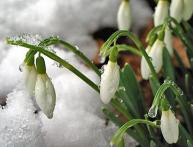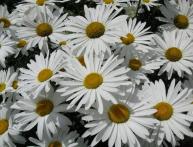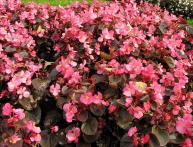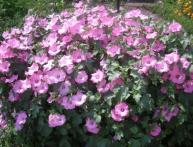Licorice: care, cultivation, transplantation
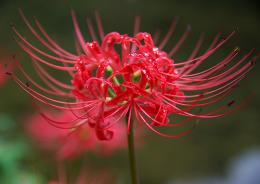
The homeland of Lycoris is the Far East. This amazing flower grows in China and Japan, Thailand and Korea, on the shores of Burma, and is considered a wild wildflower in these places. In our country, lycoris is grown in the southern regions as a garden or indoor plant, becoming increasingly popular among lovers of amazing exotic plants.
Content:
Varieties of Lycoris
In its homeland, lycoris has more than 20 different subspecies, but only six were brought to Russia, and the main four are especially popular among amateur gardeners:
- Lycoris radiata
- Lycoris blood red
- Licorice Scaly
- Golden lycoris
Each plant subspecies – thermophilic, prefers growing temperatures from 27C in the garden to 19-20C in the room. Radiant and scaly lycoris, with proper care, can reach a height of up to 60 cm; blood red barely reaches 40 cm.
Lycoris radiata is especially popular due to its original appearance, narrow long (up to 15 cm) petals and stamens. In Japan, this type of flower was called “bright spider”.
Blood-red lycoris blooms with five to six red flowers, 3-5 cm in diameter, and has small leaves. In China, this species is considered one of the most common field plants. Red lycoris plantations are even protected in China by special environmental services.
Licorice Squamata is better known in South Korea.The leaves of the flower are belt-shaped, have a rich green-gray tint, and the flowers are of an unusually beautiful bluish-pink color, shaped like a funnel. The diameter of the flower reaches 5-7 cm. Golden lycoris visually resembles a lily, but differs significantly from it in its long curved stamens. The flowers are straight, the stem reaches up to 70 cm in length, the leaves are succulent, dark green in color.
Growing Lycoris
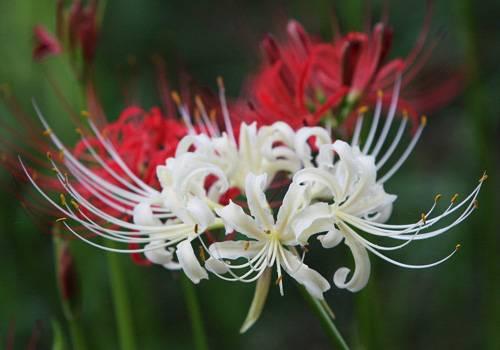
The best option for growing lycoris is sandy soil with drainage, fertilized with organic matter. The main things you need to pay attention to when growing this plant are:
- Temperature
- Watering
- Lighting
Licorice - very heat-loving plantTherefore, when growing, it is important to strictly observe the required temperature regime. Considering the dry air in heated rooms, the temperature in the room where lycoris is planted should not exceed 20C. If the plant is growing in a garden bed, you need to choose the northern, slightly shaded side of the garden, where the temperature does not rise above 27C.
If the stem and leaves grow abundantly, watering should be done when the soil is completely dry (in no case should it be allowed to dry out). The soil should always be slightly damp. At the beginning of summer, when the leaves of the plant tend to wilt and before flowering begins (August - September), they stop watering the flower.
To grow strong, flower-bearing lycoris, proper lighting is necessary. In early April, when the flower begins to “wake up” and the growing season begins, additional diffused lighting may be needed in indoor conditions, since daylight hours are still very short.
In the garden or flowerbed for lycoris you need to choose places that are well protected from the wind, but at the same time well warmed by the sun's rays. Practice shows that plants in our climatic conditions easily take root in the partial shade of large deciduous trees. If the plant is healthy and blooms well, it does not need additional feeding or replanting.
Tips for propagation and transplantation
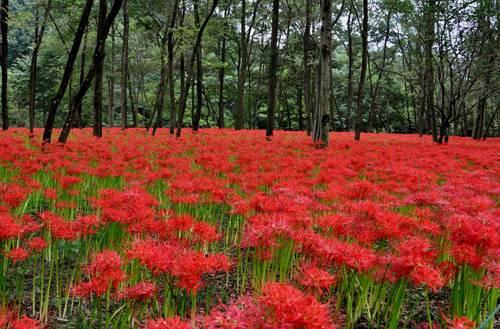
Licorice is an unpretentious plant that can live in one place for up to 4-5 years, and only after this period does it need to be replanted. Of course, this does not apply to diseased and withering plants, which simply need urgent, special care, replenishment with the necessary fertilizers and urgent replanting.
Flower transplant It is best to produce in the fall. For the bulbs, it is necessary to prepare the soil in the following composition: one part each of sand, peat and leaf soil. The bulbs are placed in the mixture to a depth of 12-14 cm and left to overwinter in such conditions without watering.
The plant reproduces by seeds and daughter bulbs. Each bulb is divided into two each year, which can only be divided after the lycoris has flowered. The separated bulb takes a very long time to take root, and in the year when the transplant took place it may not produce a single flower.
The dormant period for a plant is not only winter, but also summer. During the summer months, the leaves fall and the plant “falls asleep” until August-September. During the flowering period, up to 3-5 flowers appear on the stem, which last from 3 to 4 weeks.
After separation and landing A new small bulb should not count on a large and long-lasting color for the plant - lycoris grows reluctantly and slowly, sometimes requiring up to 5-6 months to develop a strong root system.Only by observing the required temperature conditions, watering and proper lighting can you ensure that lycoris becomes a truly stunning ornamental plant in your garden.
Admire the beauty of lycoris in the video:
Interesting information about the vegetable garden

